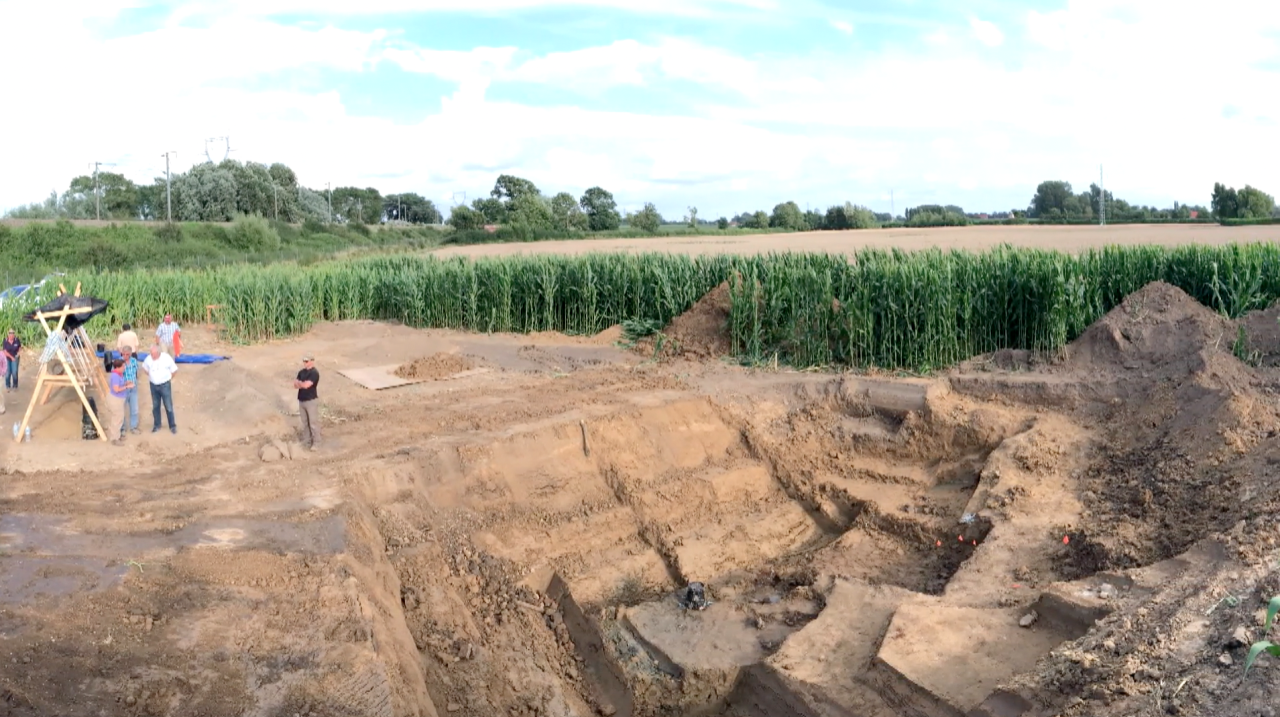WAUKESHA — There is an overwhelming silence at Wood National Cemetery, despite the roaring traffic from motorists during rush hour. The hundreds of matching marble gravestones memorialize those who fought for freedom, some giving everything for that fight.
The faces of those gravestones are in varying states of wear from the elements. Some, there since the 19th Century, with names barely legible. But their sacrifice is still on display to be honored.

Then, in section 4, there are some unknown soldiers interred. While their names are not known, they are resting in peace in the country they swore to defend. Tens of thousands more don’t have that privilege, still buried on the battlefield overseas. In total, there are 1,681 Wisconsin service members unaccounted for since WWI.
“Not everybody comes home,” Dan Buttery, President/CEO of the War Memorial Center in Milwaukee said. “They are accounted for, but they’re lost. Until we can pull those remains back, there is not a full accountability of those recoveries. It’s powerful.”
Buttery says the War Memorial Center will open a permanent exhibit in the early spring, honoring Prisoners of War and Missing in Action (POW/MIA) veterans. For those who will never make it home, it’s a place to honor their service and sacrifice.

A place for families of those veterans to mourn and memorialize their loved ones.
“Literally, when they said goodbye and I love you the last time they saw them, now they’re just gone,” Buttery said. “There is no closure when it’s Missing in Action.”
But every year, dozens of those thought to be forgotten are being brought back home. The Defense POW/MIA Accounting Agency (DPAA), was established in 2015 with the goal “to provide the fullest possible accounting for our missing personnel from past conflicts to their families and the nation.”
Since it was established, 1,269 service members have been identified through the agency’s efforts, thanks to volunteer efforts from groups like the UW MIA Project.
“We partner with the DPAA to help identify and repatriate the remains of missing American Armed Services Personnel,” Gregg Jamison, Lead Archaeologist for the UW MIA Project said. “If we can’t find those, we’re also looking for other kinds of evidence that might indicate that that particular missing service member or that service member’s plane is in the right location.”

Jamison has gone overseas five times to participate in these recoveries, focused on airplane crashes in France and Belgium from WWII. It can be grueling work, up to 12 hours a day at times, in all weather conditions. But it’s gratifying work.
“This is by far and away the most rewarding thing I’ve ever done professionally,” Jamison said. “It’s extremely emotional, gratifying, rewarding. We’re obviously very proud of being able to contribute and help but what this is really about, of course, is the families and knowing that we’re able to help provide information to the families about what happened to their relatives. That’s really the most rewarding part.”
Like the family of Pfc. Eugene Lochowicz. In 2019, the DPAA helped identify his remains from where he was last seen alive in Lendersdorf, Germany.

“He made the ultimate sacrifice and he should come home,” Lochowicz’s nephew Ken said.
There are close to 81,000 service members from across the country who are considered MIA. Crews like the UW MIA Project will continue trying to bring closure to families, to truly honor the phrase, leave no man behind.
“I did not serve myself,” Jamison said. “This is one of the ways that I can serve those who did serve. Particularly, for those who gave their lives in service of our country. I can’t think of anything better that I could ever do than that.”
For more information on the DPAA’s recovery projects and how they can help identify service members who are MIA from your family, you can visit their website.




